Energy saving tips
Make sense of the energy label and find ways to reduce your household's energy usage.
Shop all energy efficient appliancesMake sense of the energy label and find ways to reduce your household's energy usage.
Shop all energy efficient appliances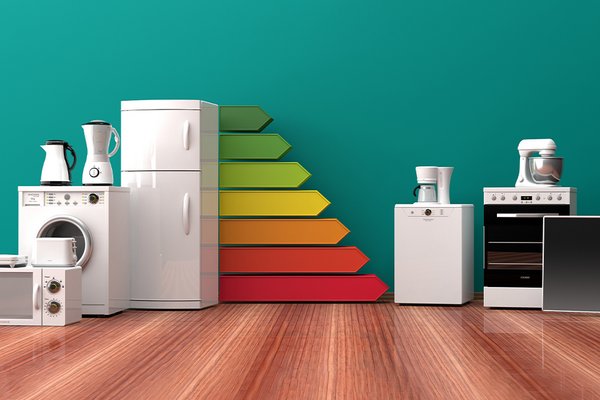&poi={$this.metadata.pointOfInterest.x},{$this.metadata.pointOfInterest.y},{$this.metadata.pointOfInterest.w},{$this.metadata.pointOfInterest.h}&scaleFit={($this.metadata.pointOfInterest.x>0)?$sfpoi:$sfcenter}&sm=aspect&aspect=3:2&sfcenter=center&sfpoi=poi&qlt=50&fmt=auto&noiser=0&fmt.jpeg.interlaced=true&fmt.jp2.qlt=40&)
Energy costs can be high, but there are plenty of things you can do to help keep them low and reduce your carbon footprint.
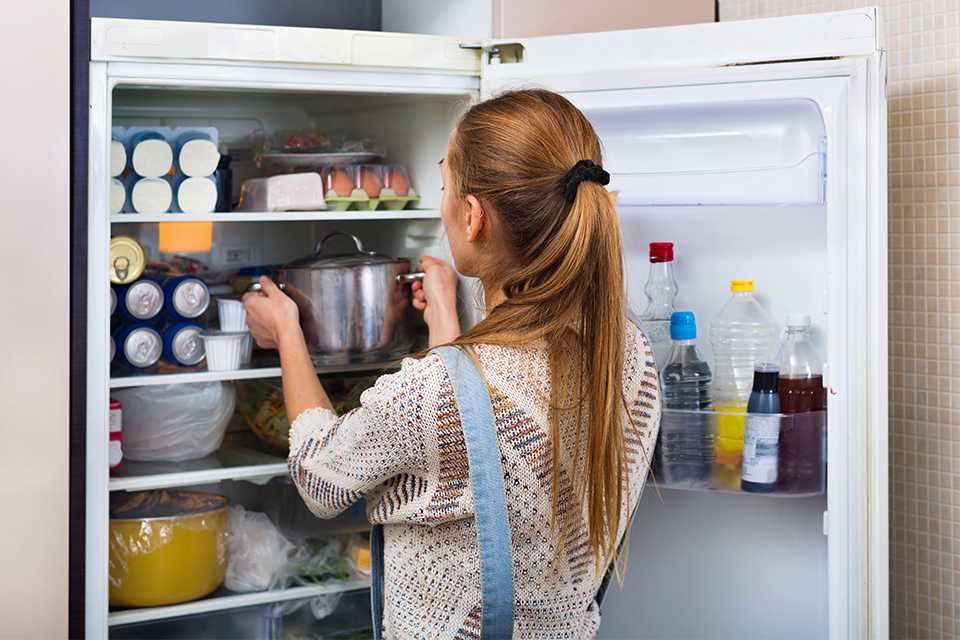
With less air to cool, a fuller fridge doesn't have to work quite as hard as a sparsely crowded appliance and therefore uses less energy. The contents help keep each other cool when it's sufficiently loaded. Tip: Use glass containers to store food as it absorbs and retains cold better than plastic.¹
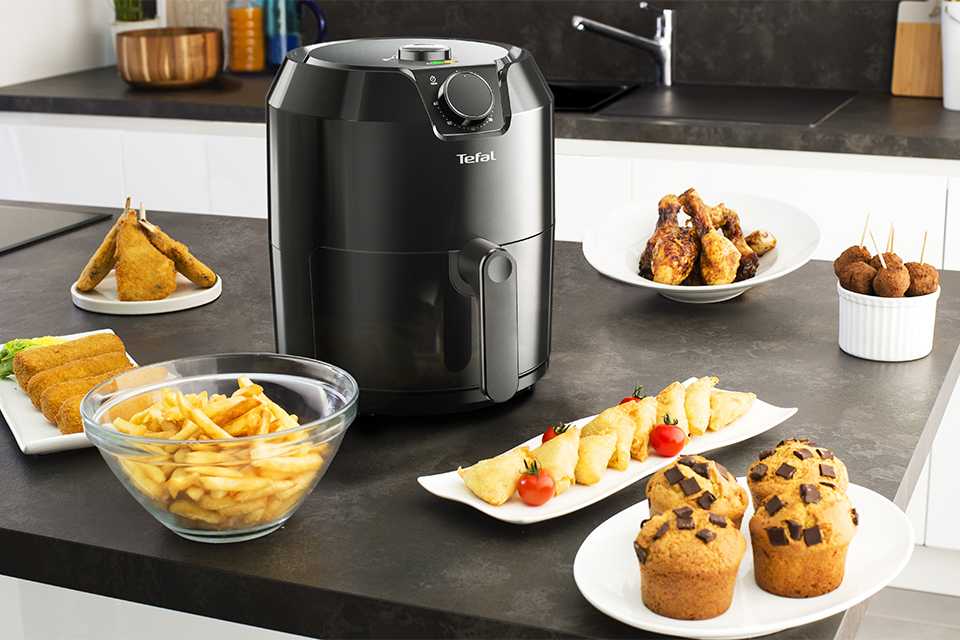
Heating an air fryer uses less energy than heating up a fan oven, which makes it cheaper to use.² If upgrading your convection oven is on the cards, this is a good option.
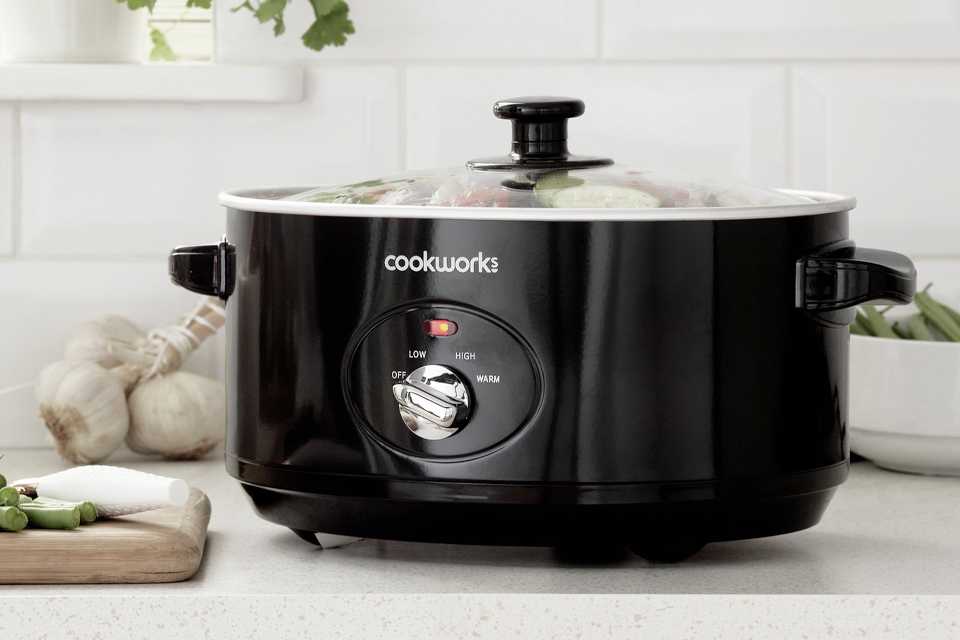
A slow cooker is adept at using low heat without needing frequent checks. Plus, it uses less energy than heating up your oven, saving you money on your energy bills.³

Put all the large items at the sides or back. If you put them in the middle, water can’t pass to the items at the back, so they’ll likely stay a bit dirty.⁴
This appliance works round the clock, adding a big chunk to your power bills. If you intend to buy a new one, go for an energy efficient fridge freezer that can save a great deal on your energy bill.⁵
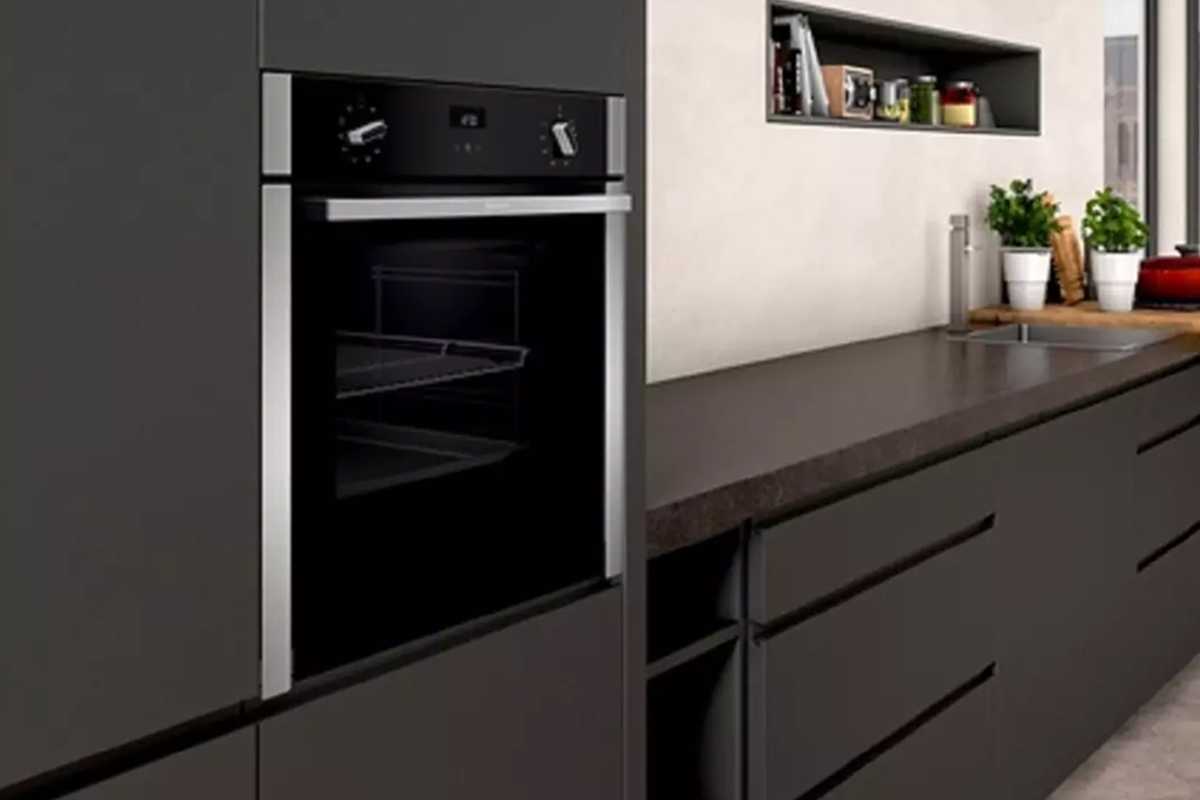
Energy efficient built-in ovens can save a lot on your energy bill.⁵ When this adds up with the savings of other energy saving cooking appliances, it can make a huge difference in the long run.
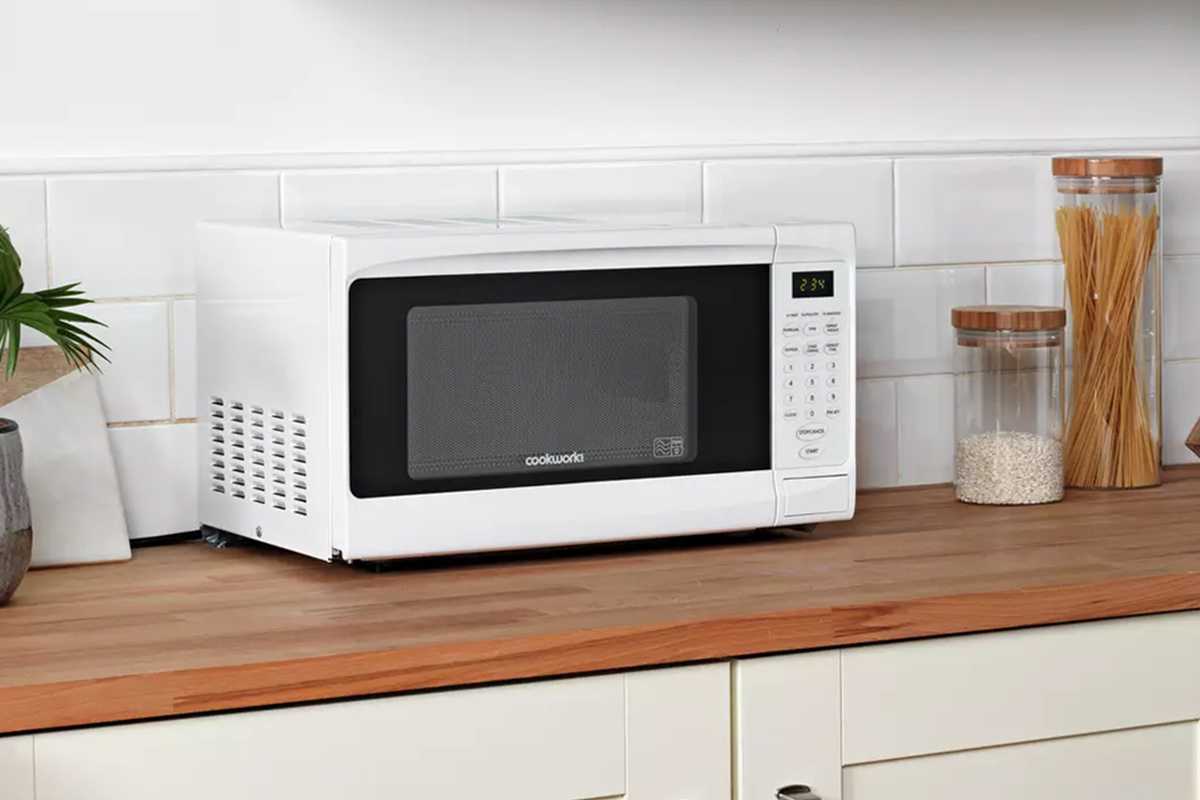
Time to upgrade your cooking appliance? Investing in a microwave is a good idea. Using less energy than an oven, it's one of the most efficient ways to cook and heat food.⁶

Do you know that energy efficient dishwashers are a great way to save on your energy bills?⁵ If it's been on your wish list, pick a model that saves you not just effort and time but also some money.

Clothes with stains or marks don’t need a lot of heat. A lower temperature will work fine for freshening them up.
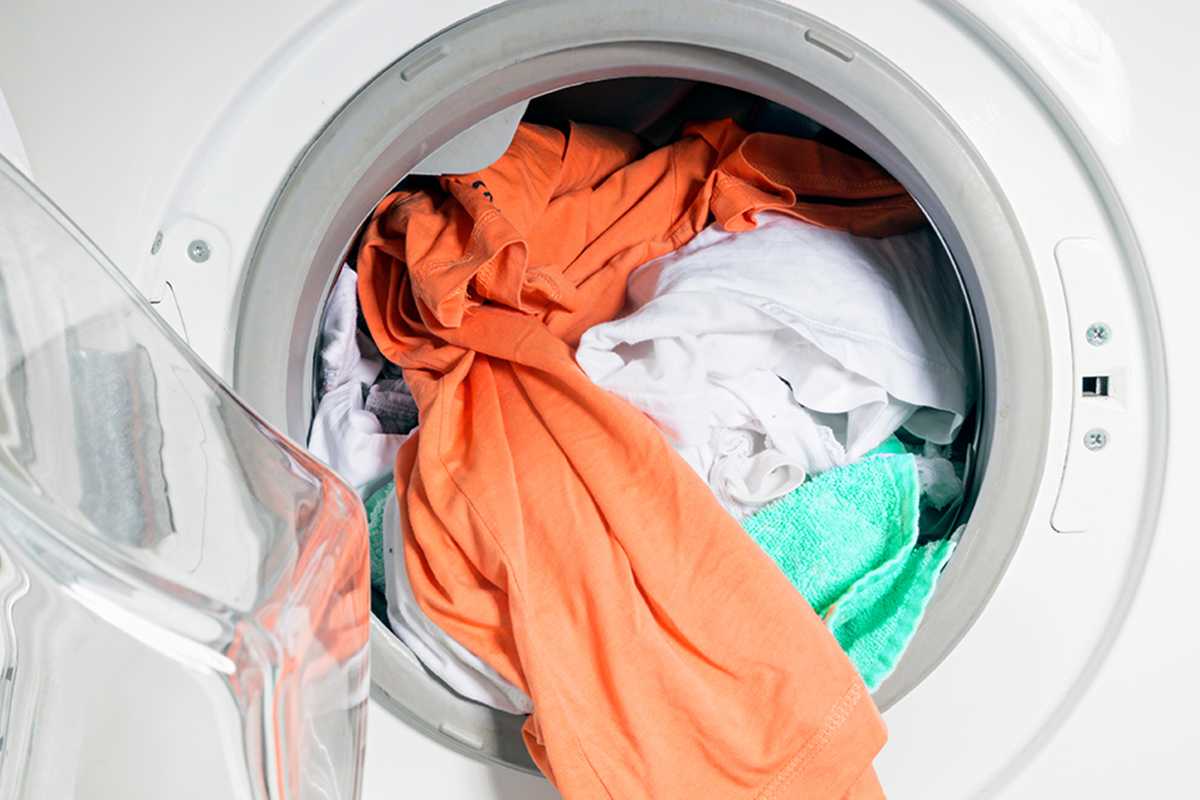
Make the best use of every wash, but overfill your machine and your clothes won’t be cleaned as effectively. This can actually increase your water and energy consumption as the machine has to work harder. Furthermore overloading a washing machine or tumble dryer can cause long-term damage to the machine, resulting in costly repairs.
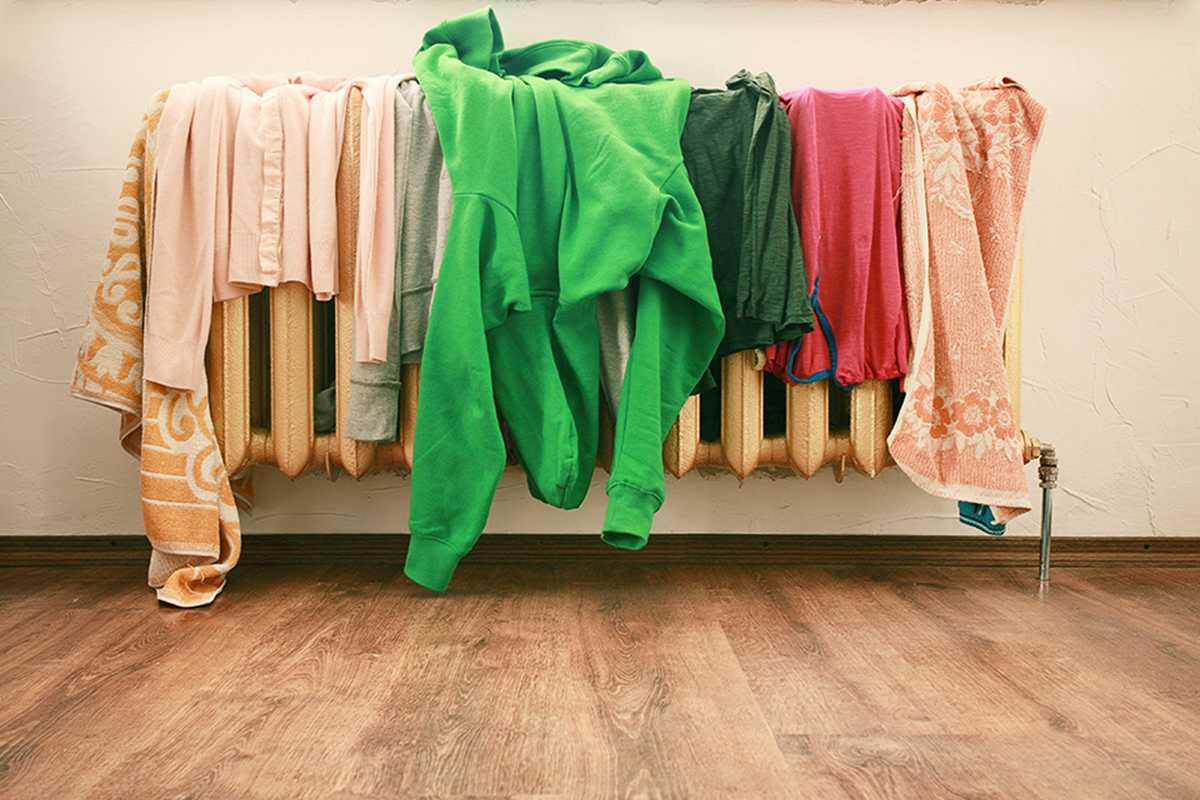
When you cover a radiator with clothes, it has to work harder to reach the right temperature, wasting lots of valuable energy. Choose an indoor clothes airer instead.
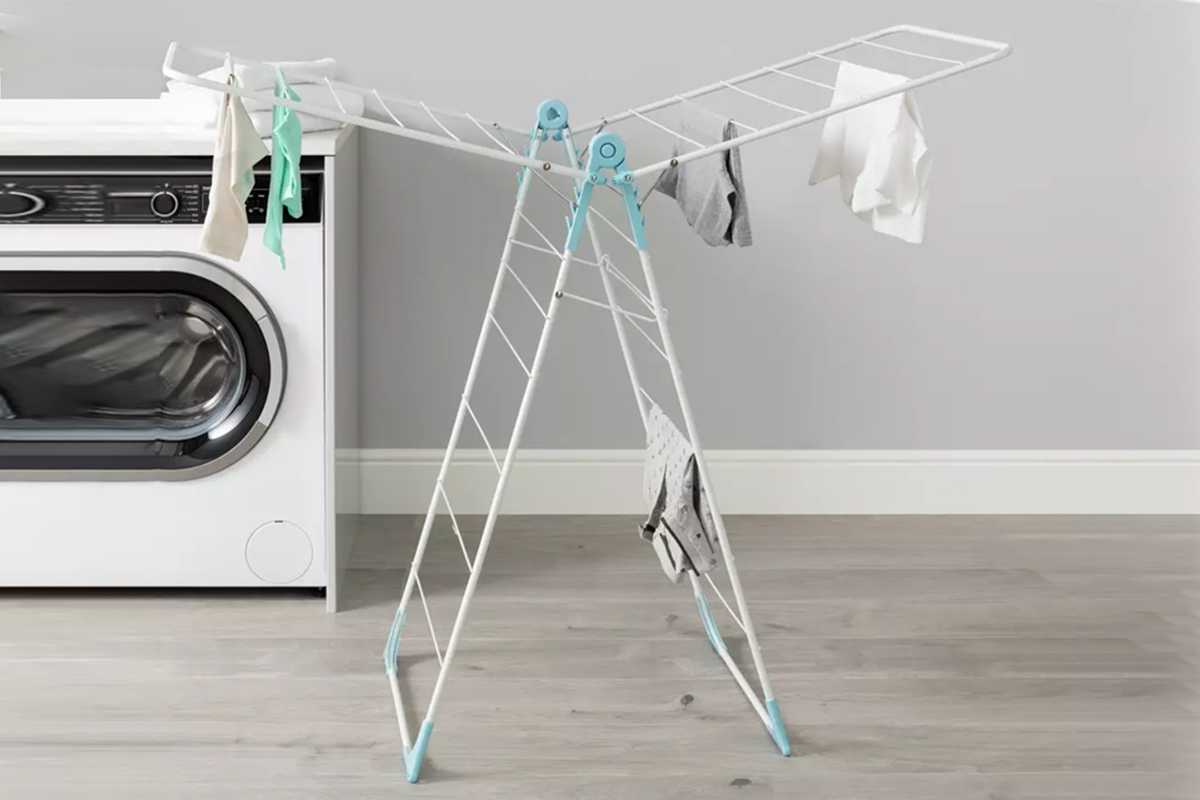
The easiest way to dry clothes is through a clothes airer. Easy to set up and hassle-free, it comes in different shapes and sizes to suit your needs. All without drying up your pocket!
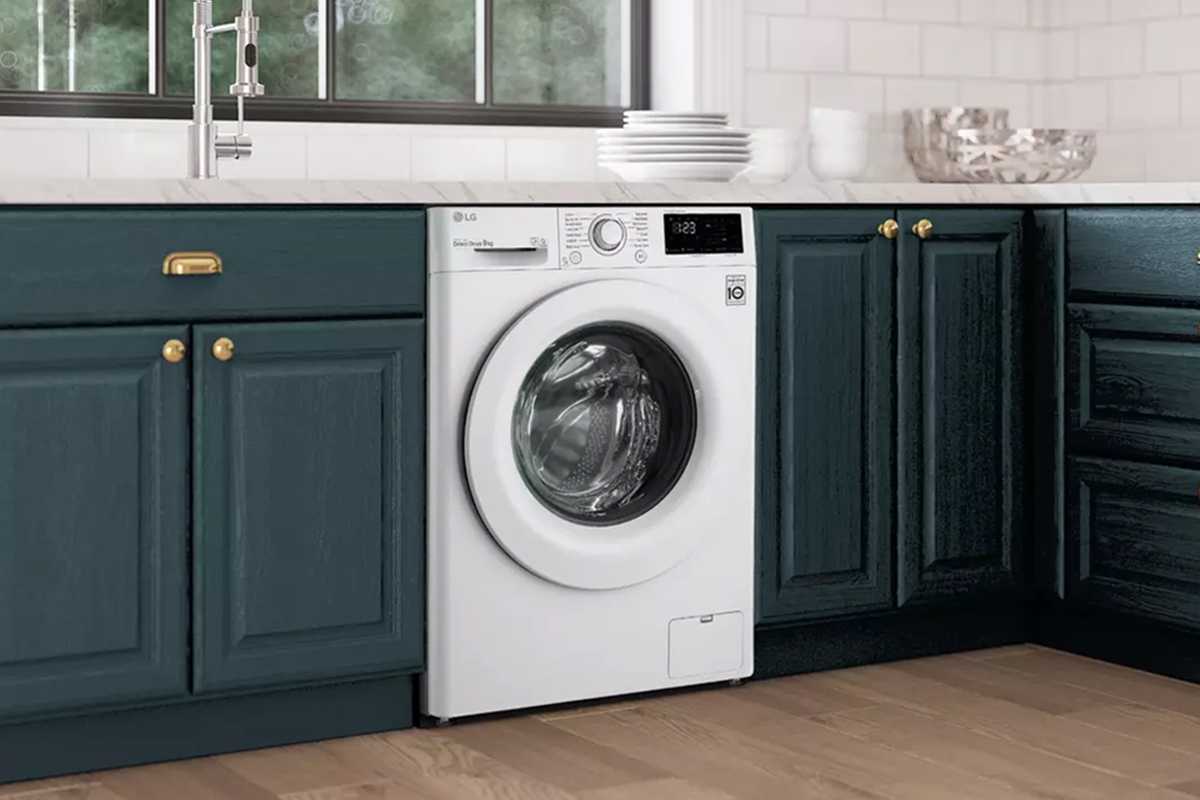
Washing machines use a lot of power that can add to your electricity bills. If it’s time to upgrade, consider an energy-efficient model that can help you save plenty on your energy bill.⁵
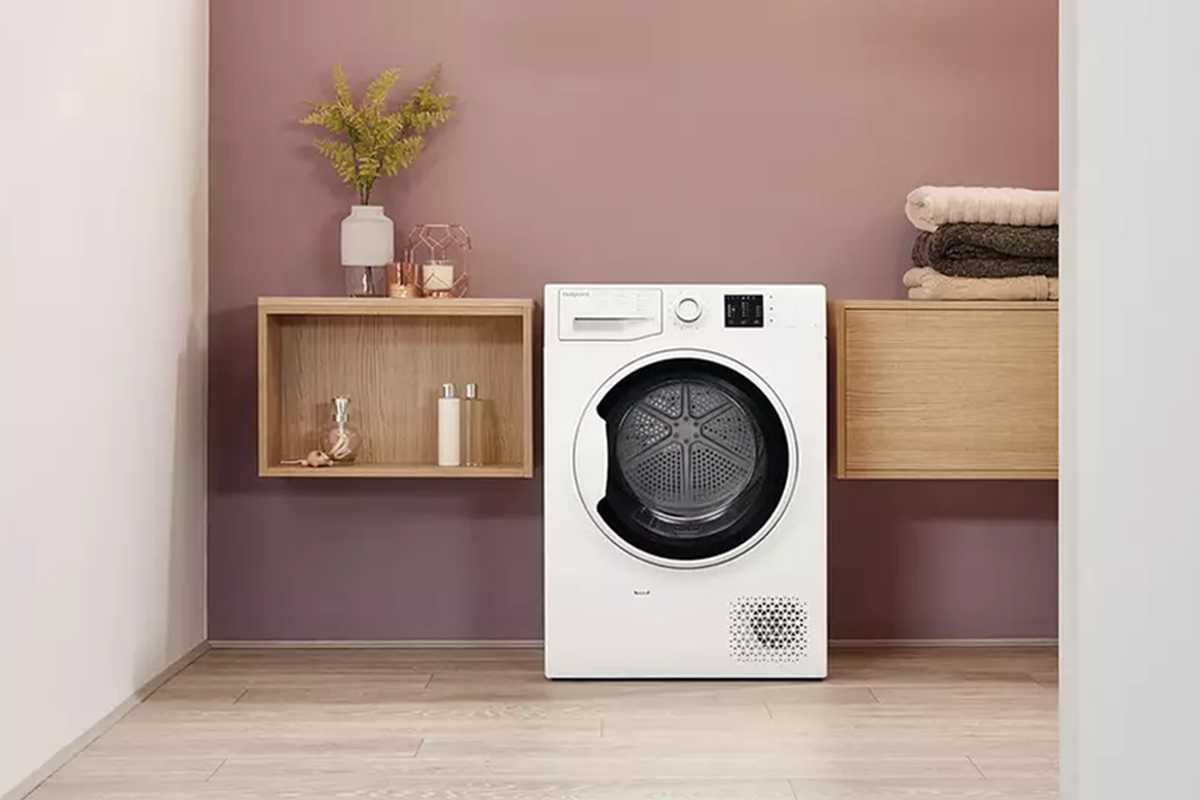
They make life convenient, especially if there’s no space to dry clothes or you have a lot of laundry to get through. If it's a must-have for you, invest in an energy-efficient tumble dryer that'll make a big difference on your energy bill.⁵ Heat pump tumble dryers are particularly energy efficient so be sure to check them out.

Smart plugs mean you can turn anything off at the plug with your phone, wherever you are. It’s a great way to prevent energy waste in your home.

Control your heating from your phone. With a smart thermostat, you can turn off the heating when you’re out and program the temperature setting for each day.

If you haven't already, change your old light bulbs to new LED bulbs. They can save you a lot on your energy bill over their lifetime.⁵ What's more, with smart lighting you're in complete control. You'll be less likely to leave the switches on when you can always operate them at your fingertips.
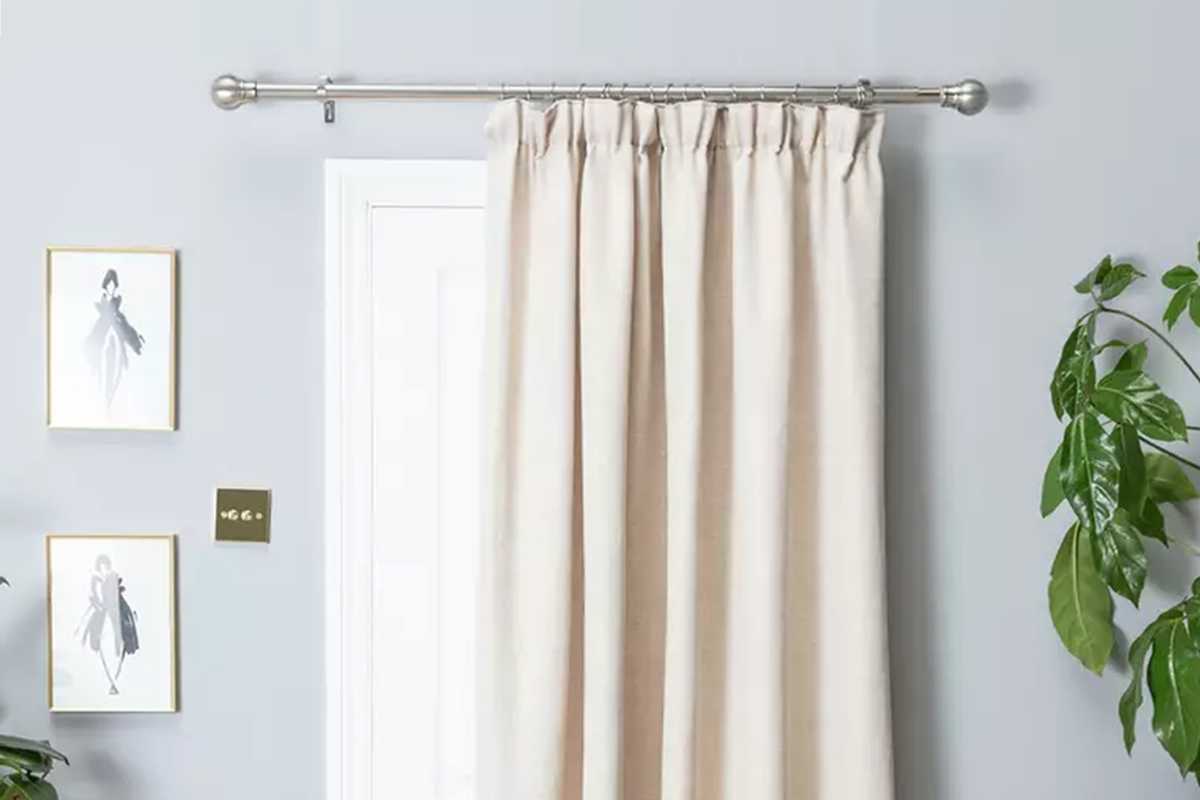
Covering your windows really helps to keep the heat in, especially if you choose curtains with an extra thermal layer. Make sure you close them as soon as it starts going dark.
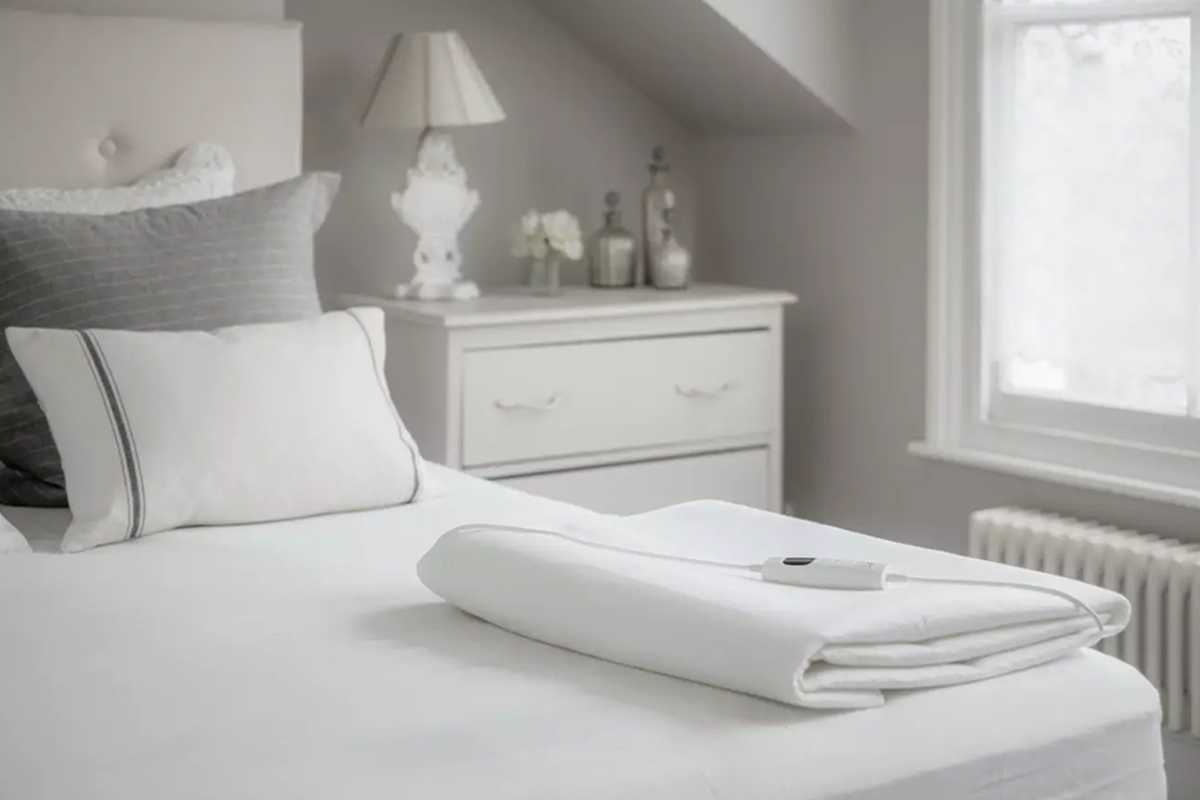
To limit the use of central heating use electric blankets to quickly heat the bed before sleep.
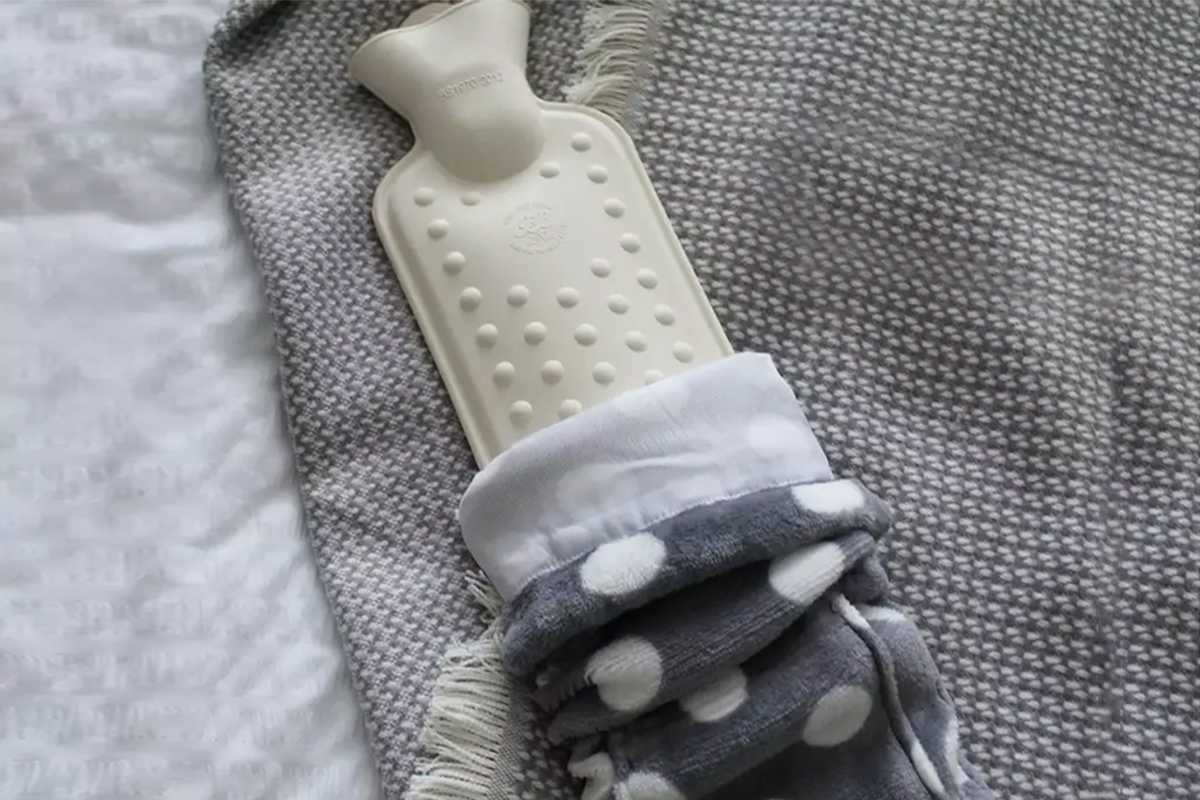
Stay cosy and warm with a hot water bottle that's both economical and energy saving. It stays warm for a long time and can be used as an alternative to central heating.
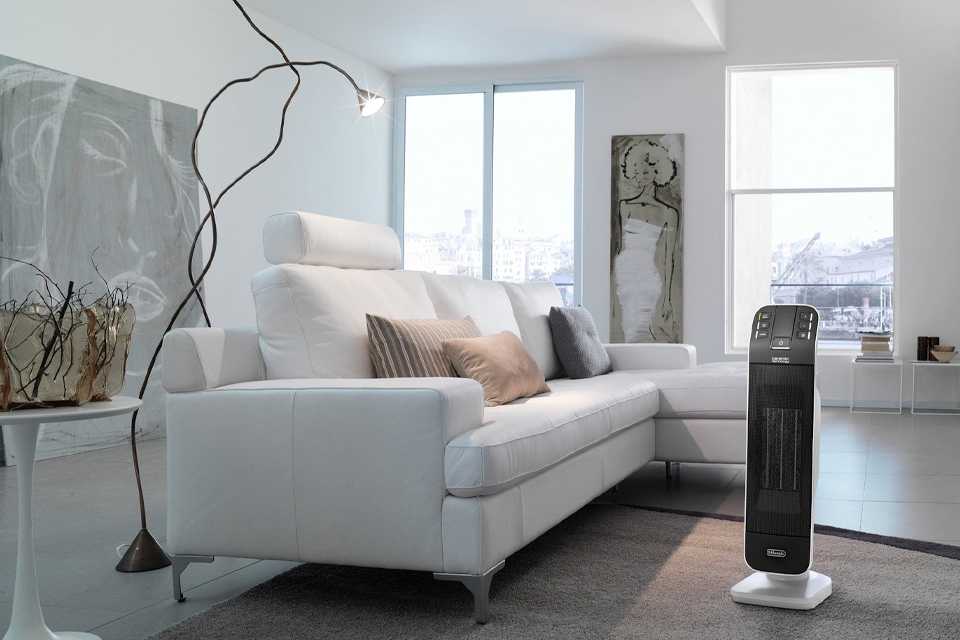
Instead of using your central heating to warm your whole house, an electric heater is perfect for focussed heat in short intervals in a small room.
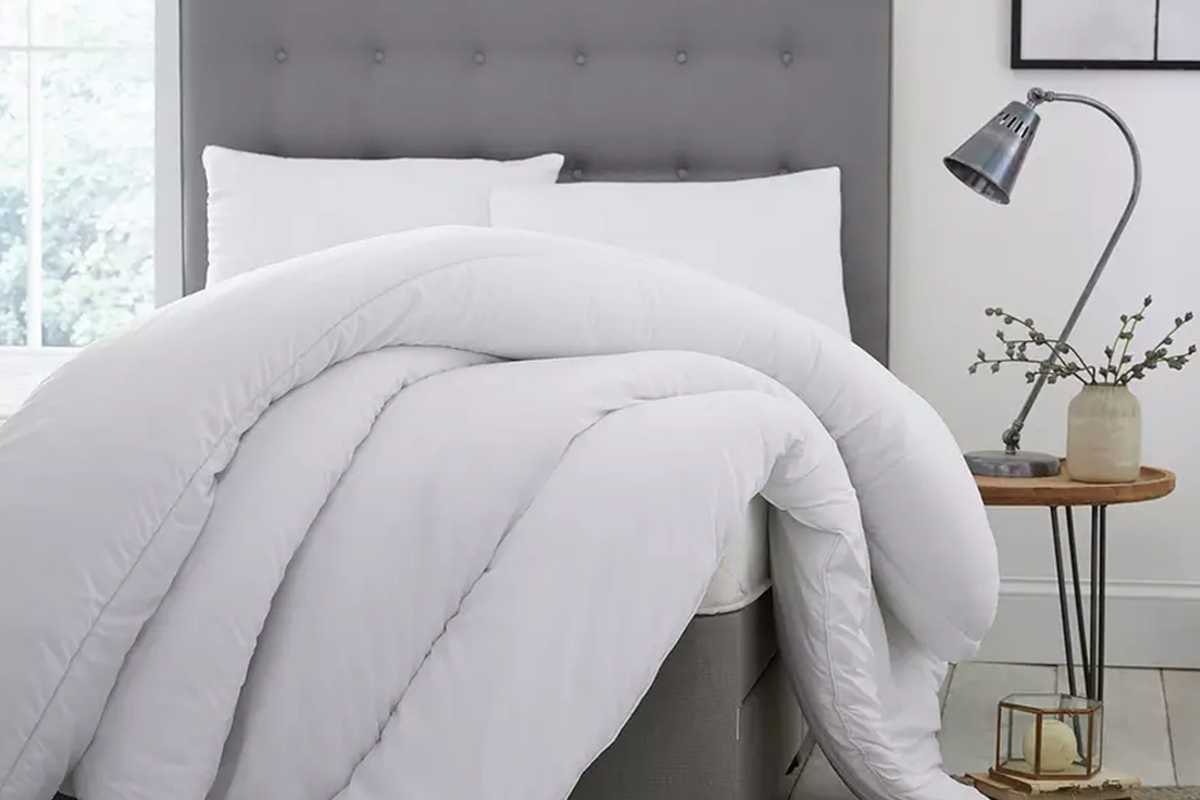
Keep the chill out every way you can. Crawl beneath layers of duvets and cosy up. Layering up is super helpful when it comes to keeping warm.
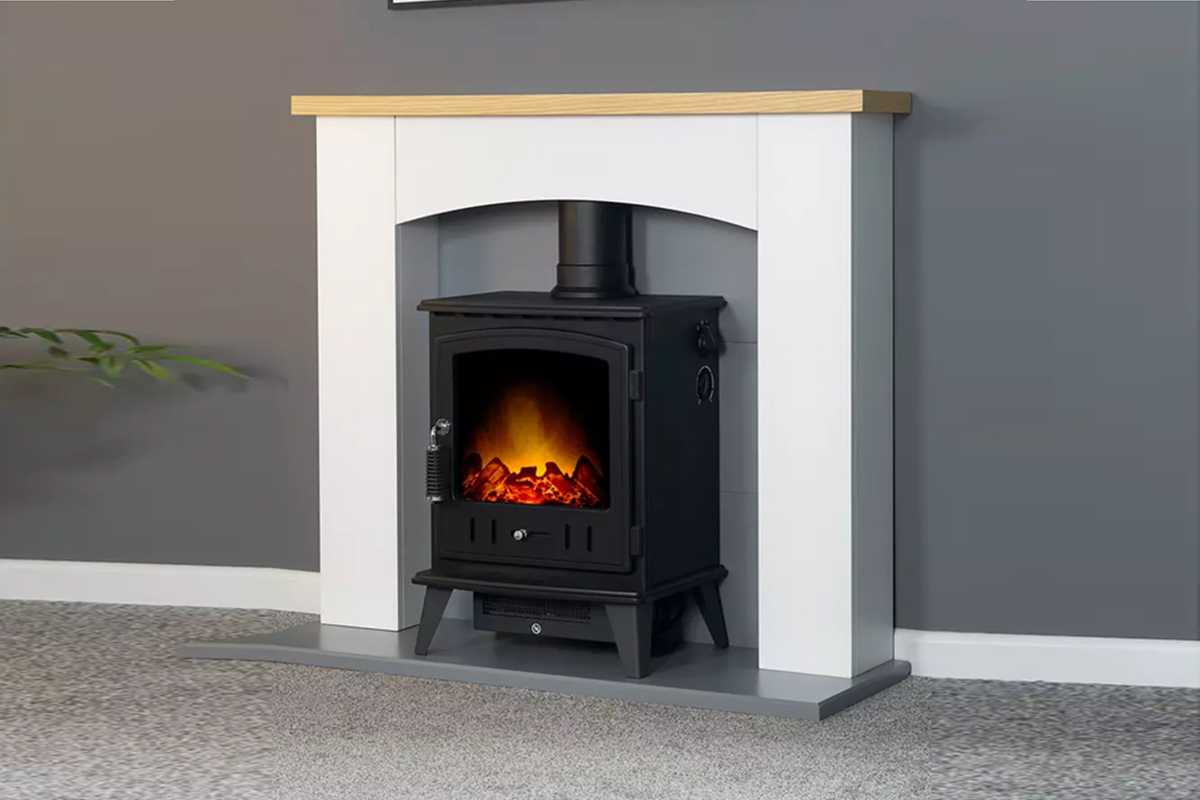
If you want to heat up just one room without switching on the central heating for the whole house, an electric fireplace is a good option.
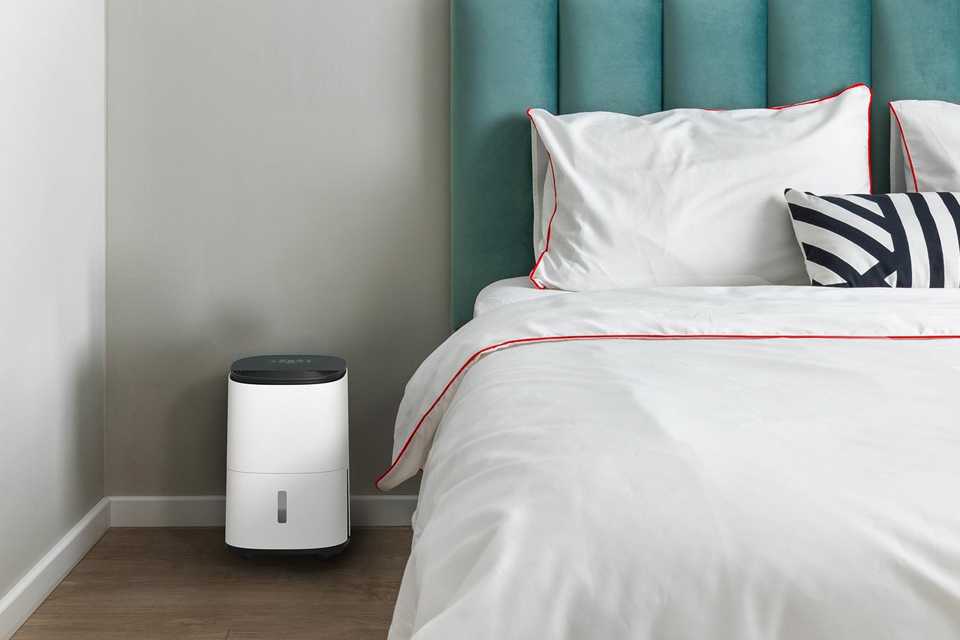
While not using central heating saves electricity, it can also cause damp in homes. In that case, getting a dehumidifier is a good idea as it removes excess water from the air. It can also help reduce mould, pollutants, and allergens- giving you cleaner air to breathe.⁷
Switch to Sainsbury's Energy and get up to 8,000 bonus Nectar points. Get your quote today. T&Cs apply.

The top half of the label shows the energy efficiency. Appliances are rated from A to G, with A being the highest energy rating. The new measurements are based on ‘real life’ household usage, enabling a more realistic analysis.
Remember this is a measure of efficiency and not the running costs. An appliance can be very efficient, but still be expensive to use if, say, it’s very large or is being used all day. Handily, the label has more information that can help you understand the costs.
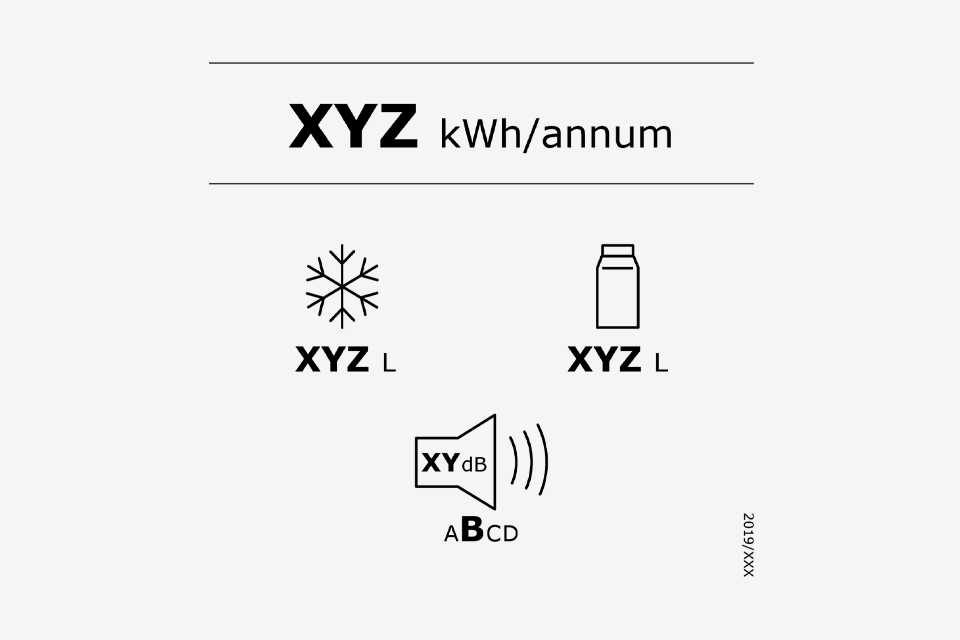
The middle section of the label shows how much electricity a product uses so you can easily compare different models. Energy consumption is measured in kilowatt hours per year (220 standard wash cycles/year). The lower the number, the less energy it’ll use and the more money you’ll save.
The icons provide additional information such as noise levels and water consumption. These will differ depending on the product type.

Since March 2021